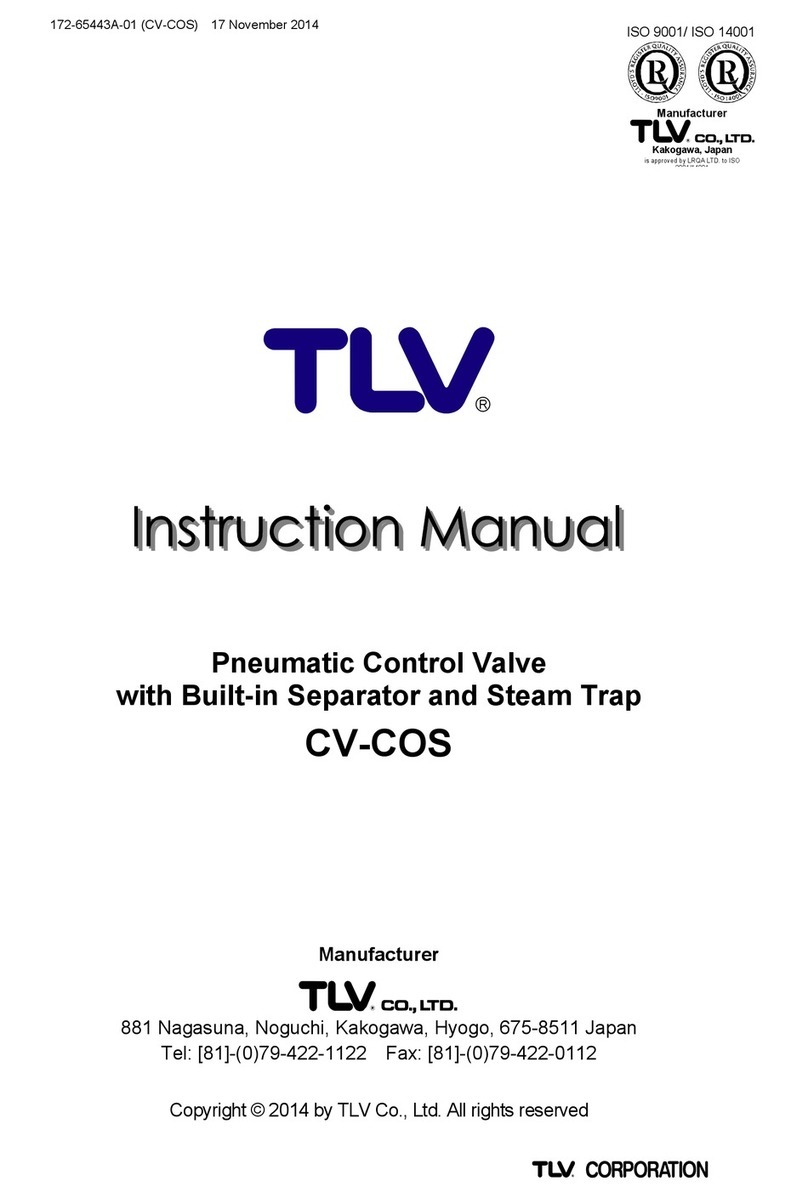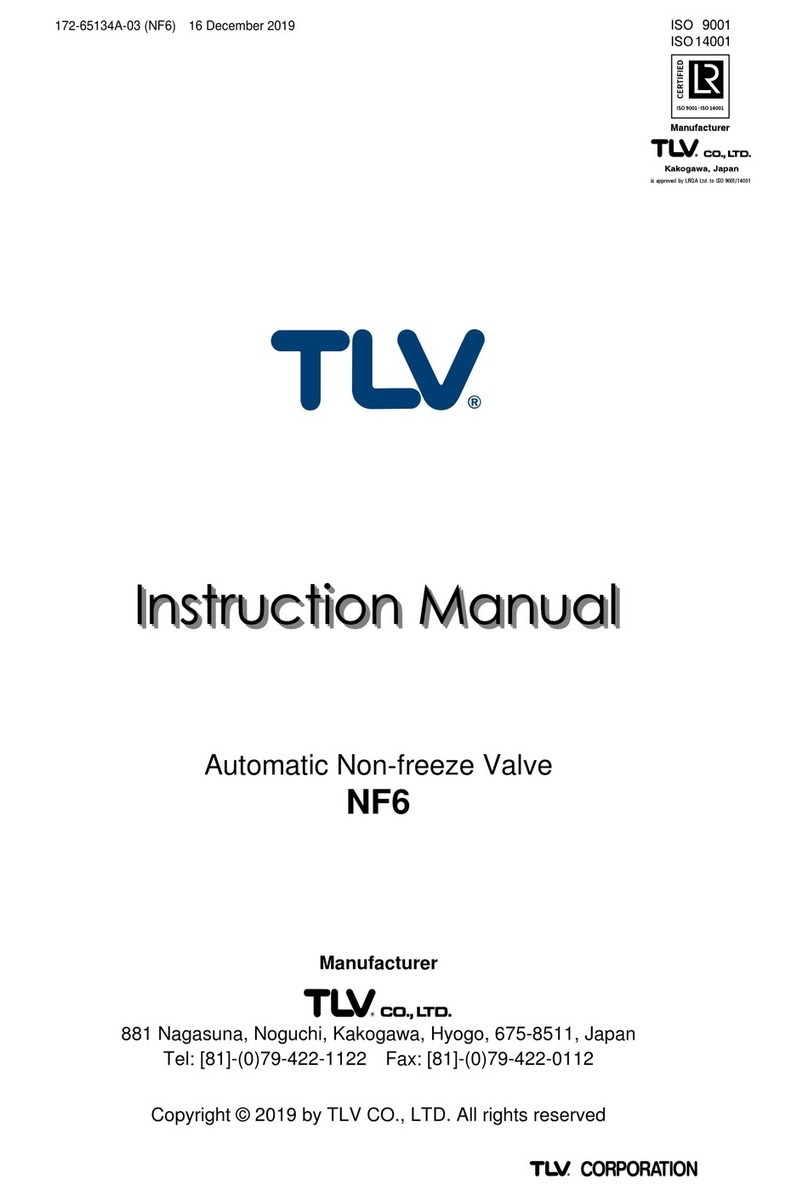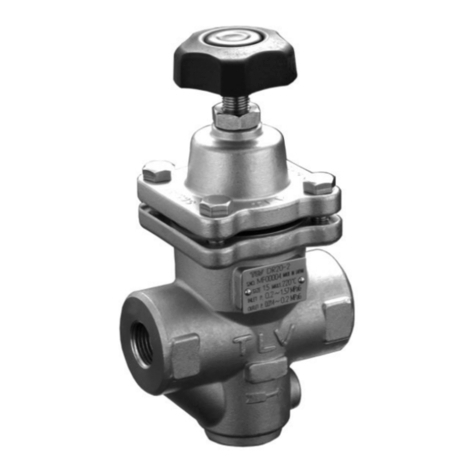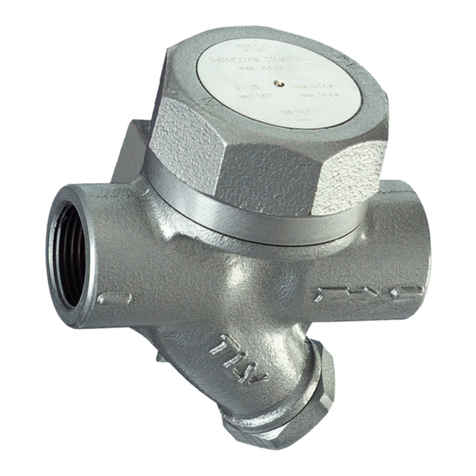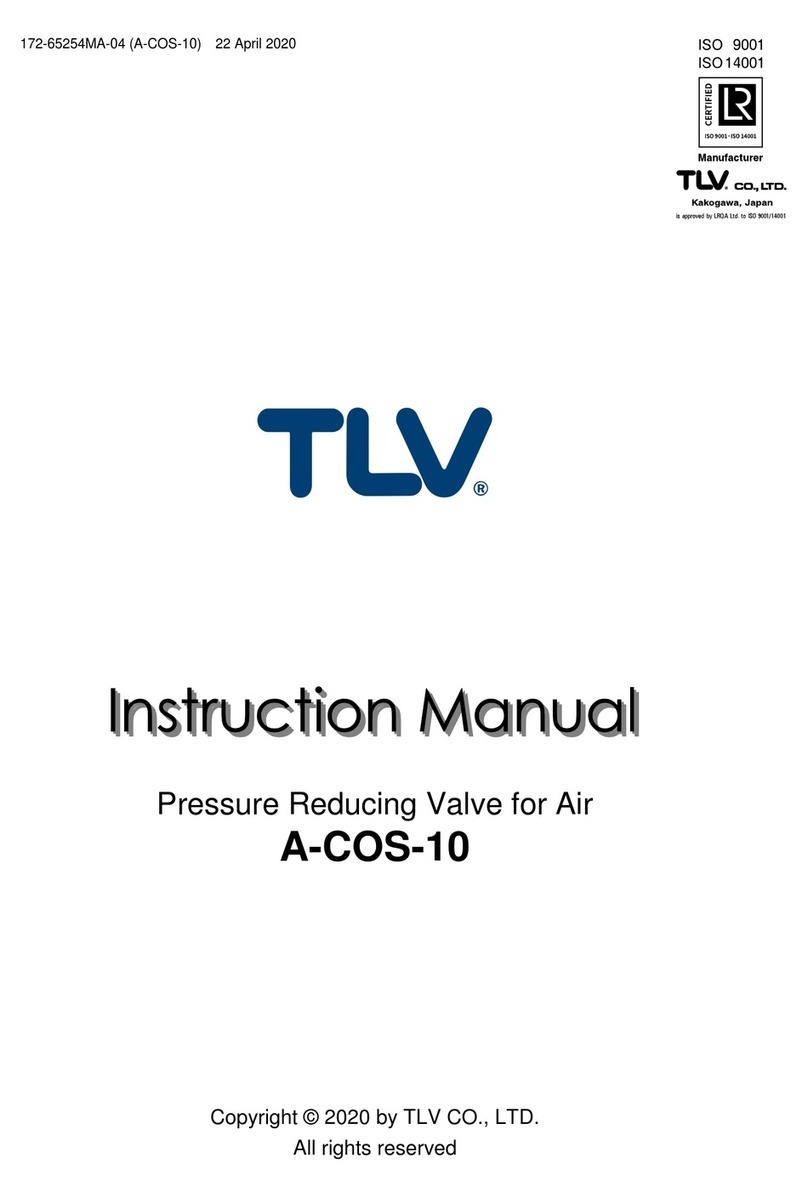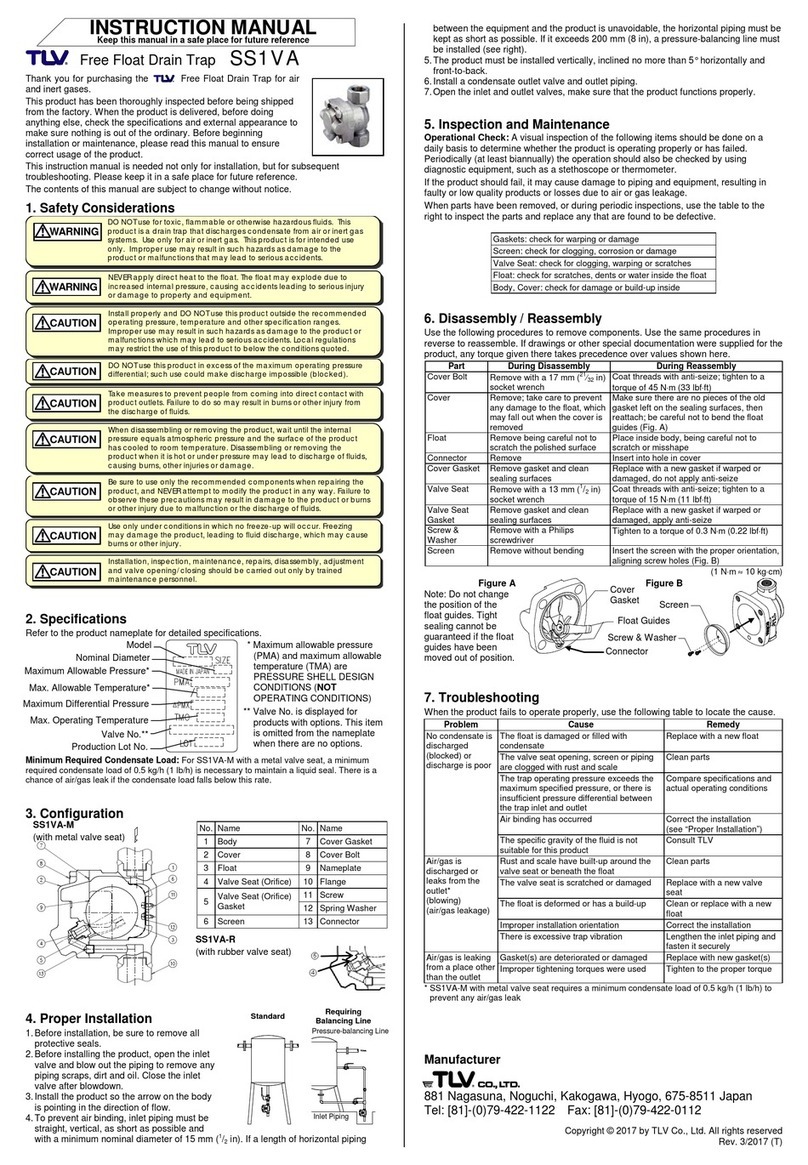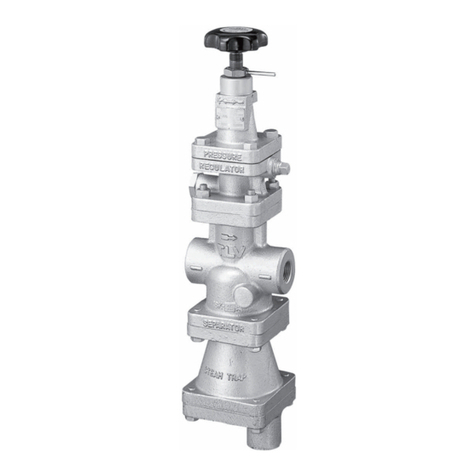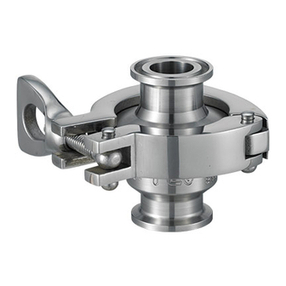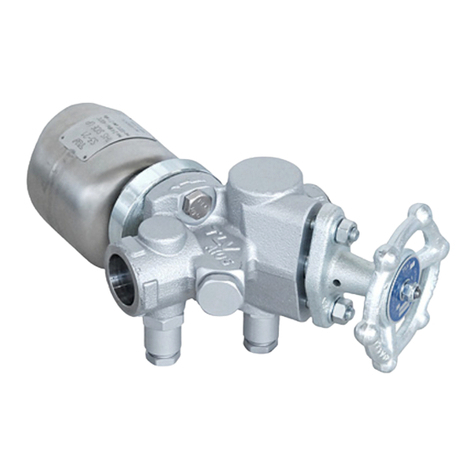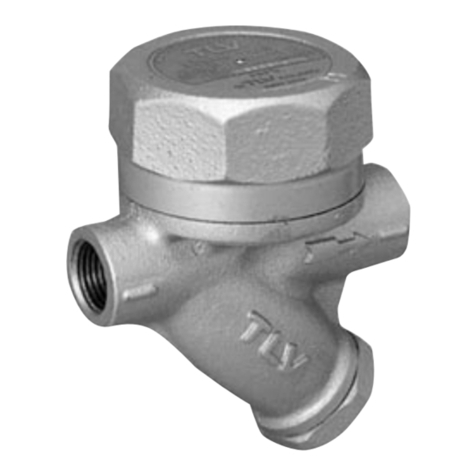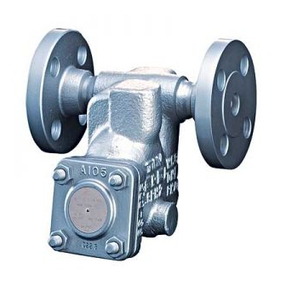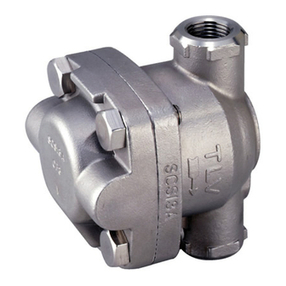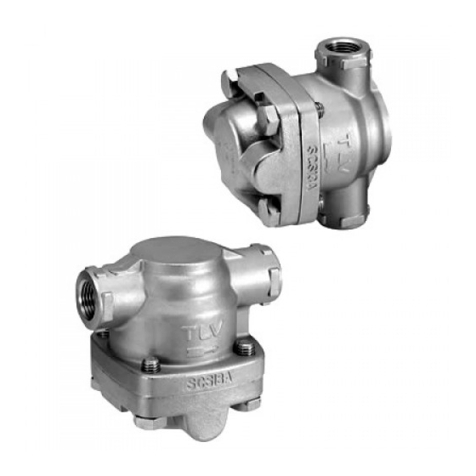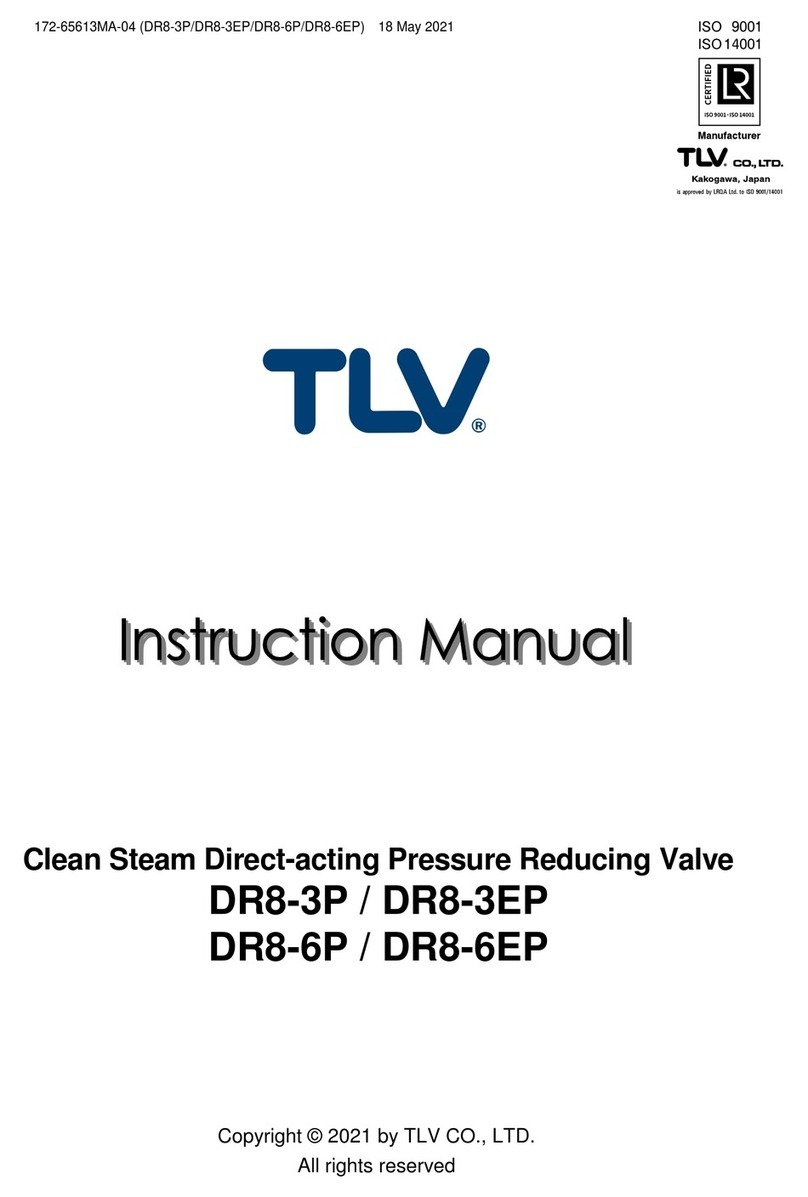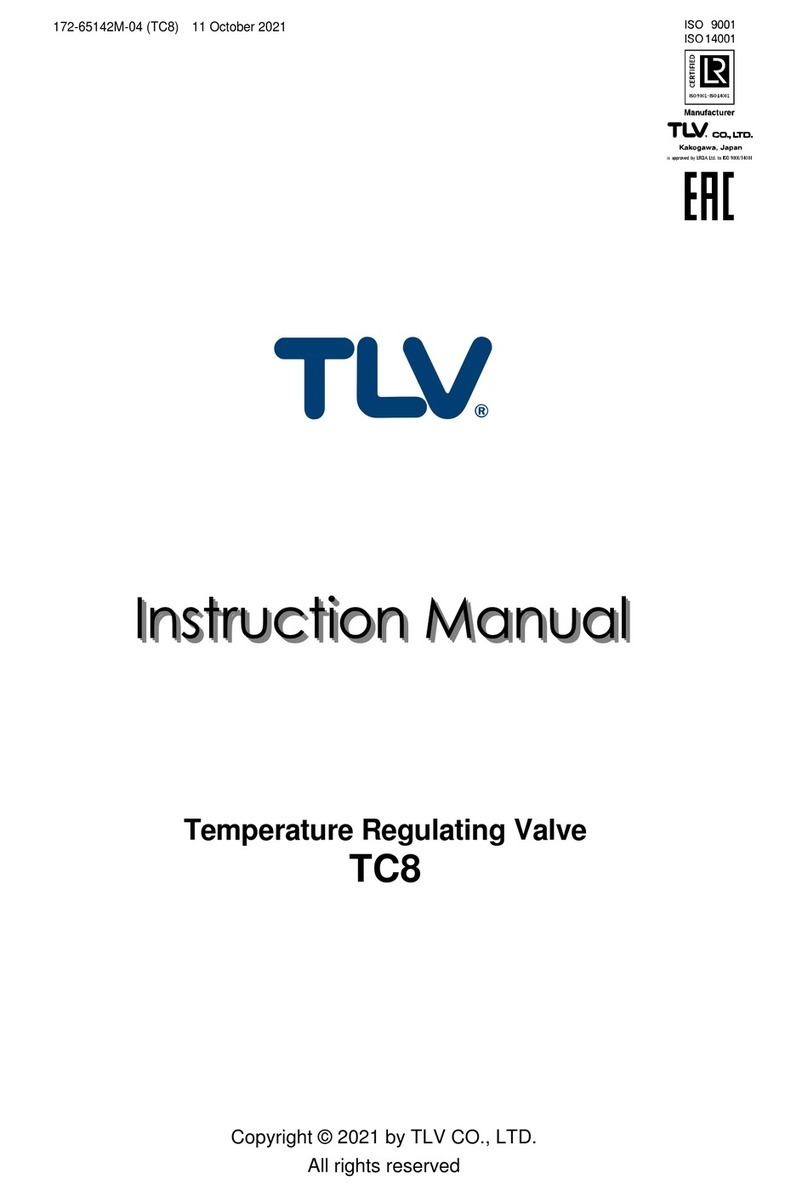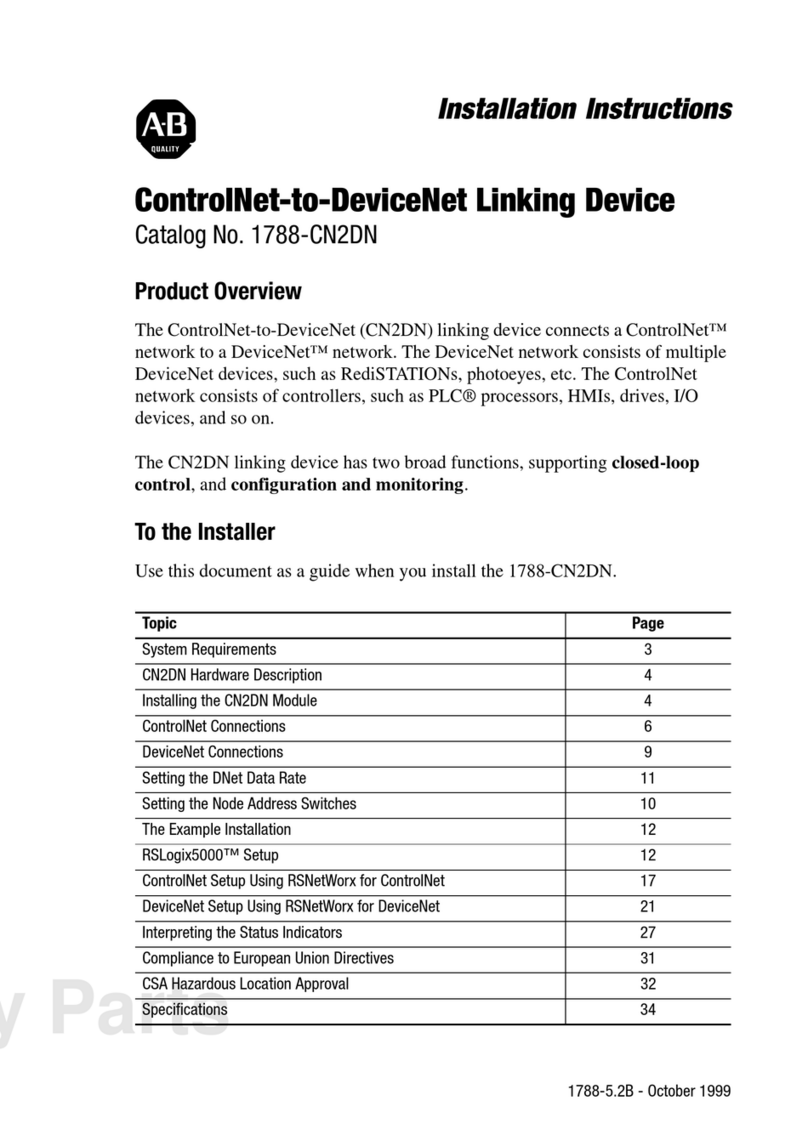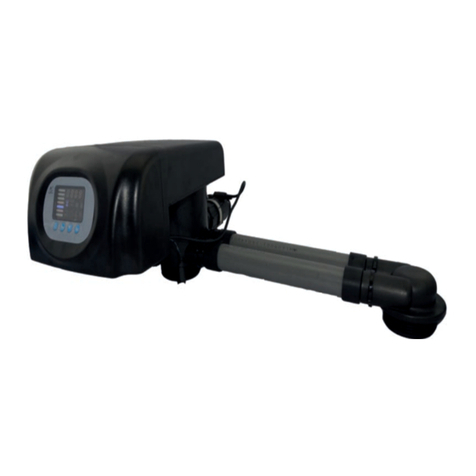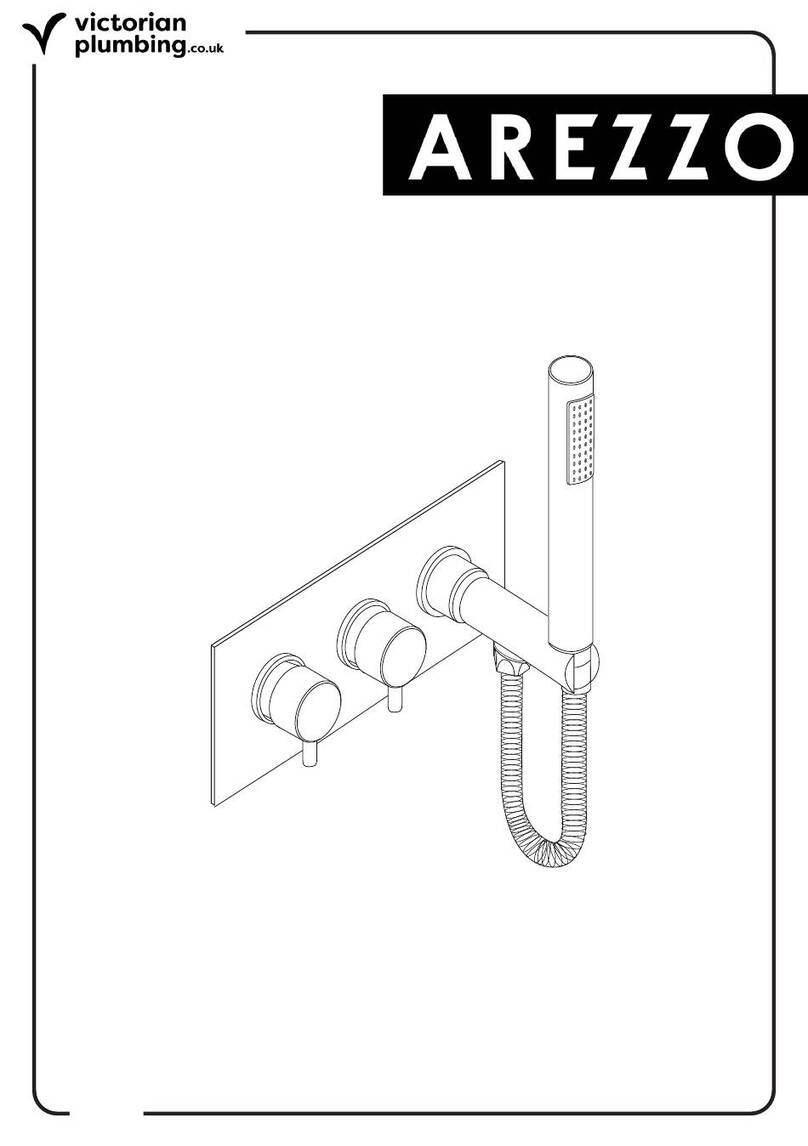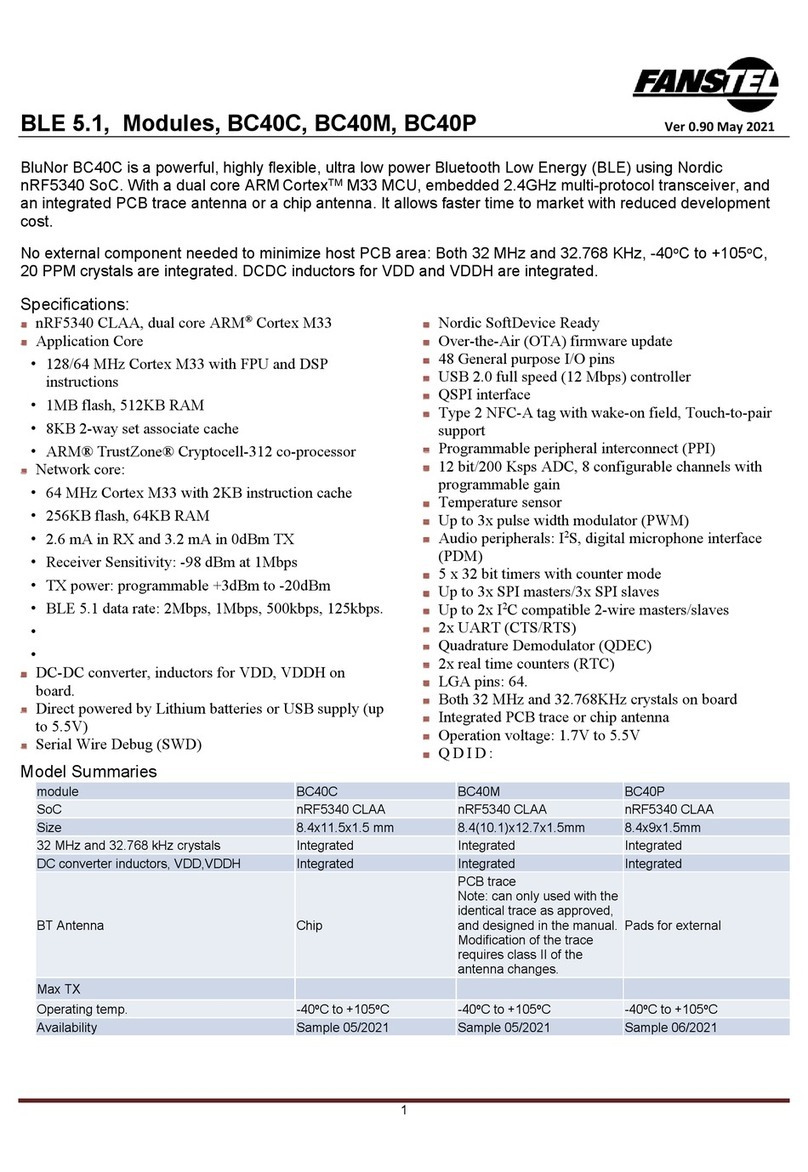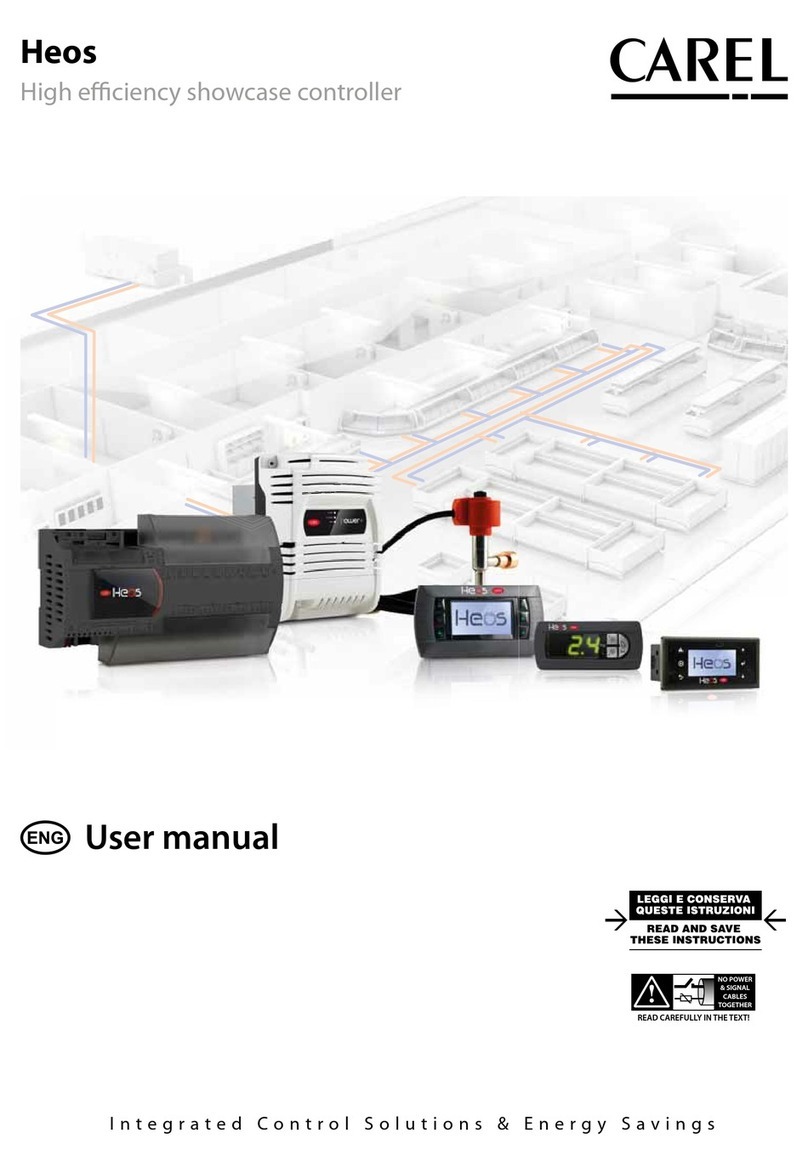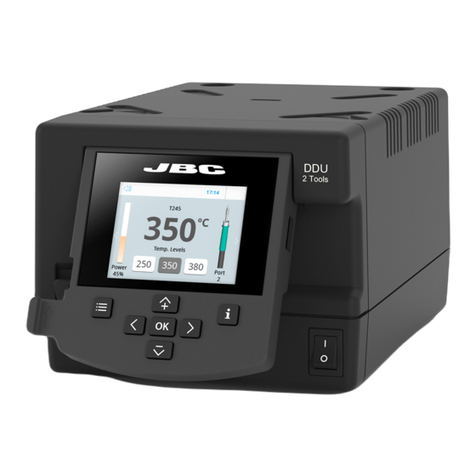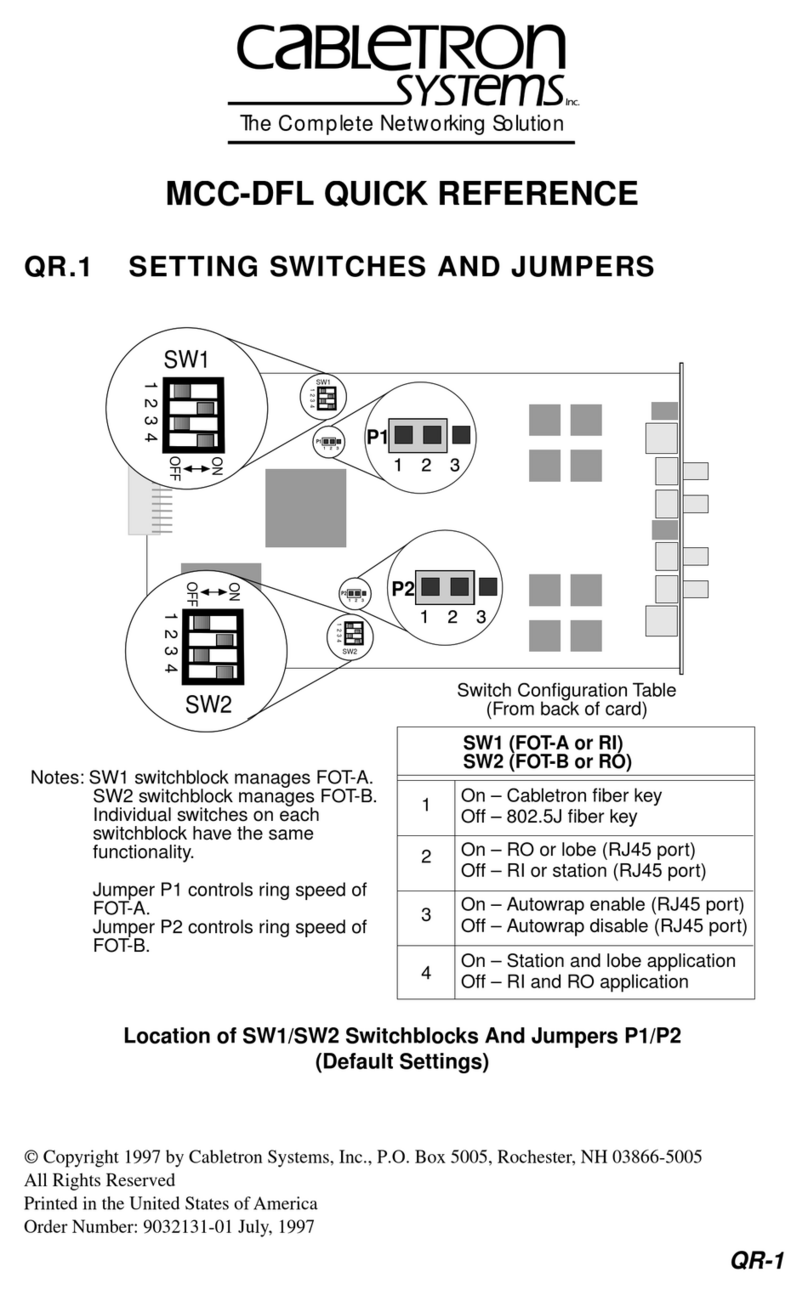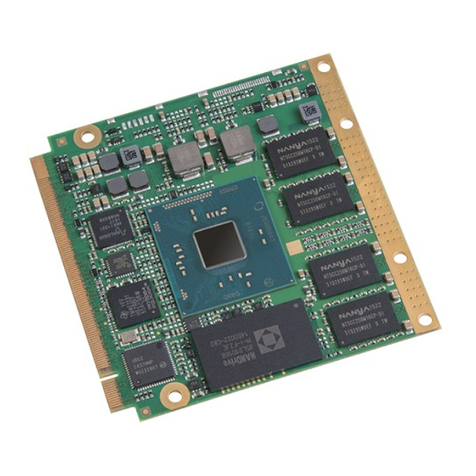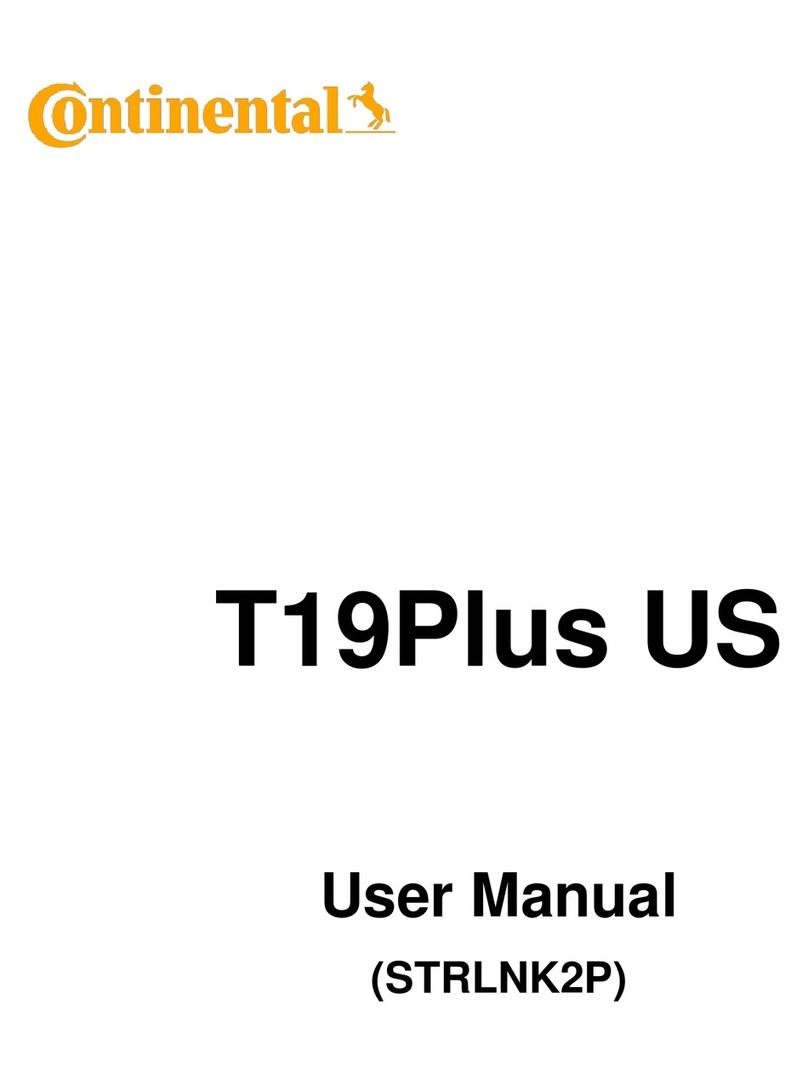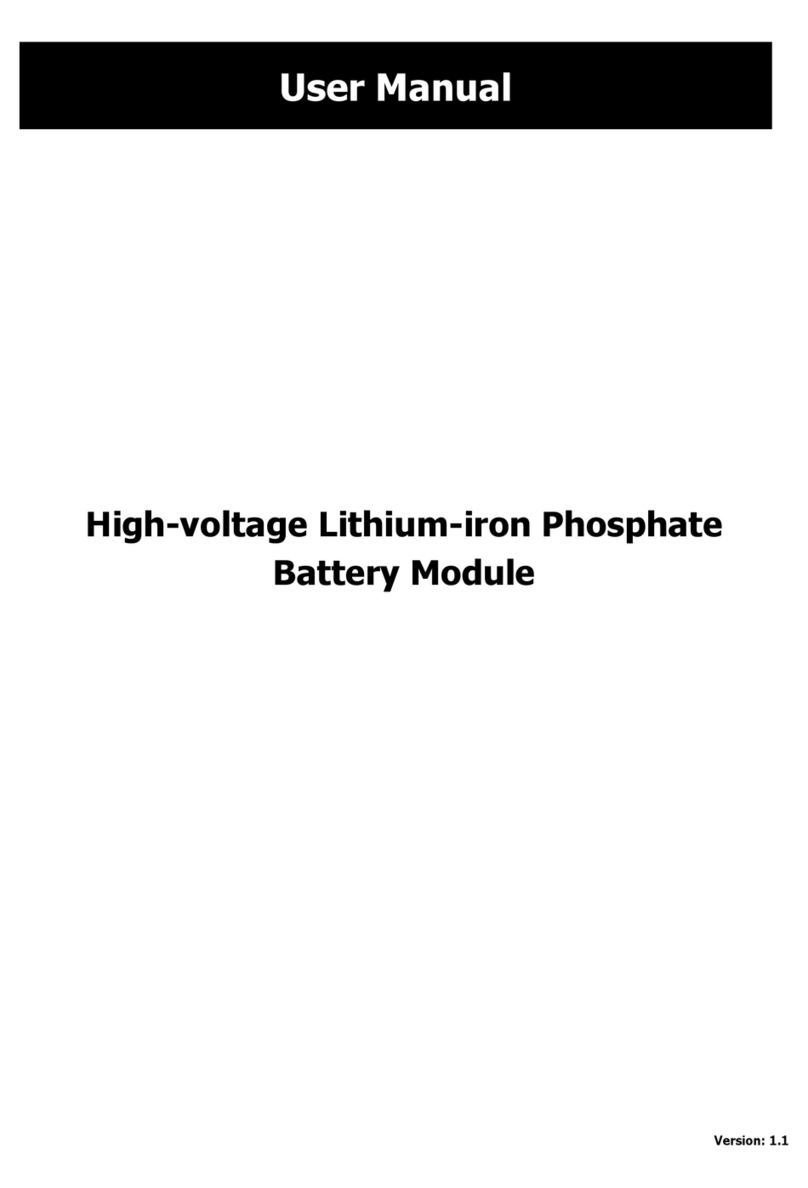TLV LV5 User manual

172-65123m-02 (LV Series) 19 Feburary 2009
Balanced Pressure Thermostatic Steam Trap
LV5 / LV13 / LV13L / LV13N
LV21 / LV21-TC
Copyright © 2009 by TLV Co., Ltd.
All rights reserved
ISO 9001/ ISO 14001
Manufacturer
Kakogawa, Japan
is approved by LRQA LTD. to ISO 9001/14001

172-65123m-02 (LV Series) 19 Feb 2009
1
Contents
Contents............................................................................ 1
Introduction ....................................................................... 1
Safety Considerations ....................................................... 2
Checking the Piping .......................................................... 4
Specifications .................................................................... 5
Configuration..................................................................... 6
Installation ......................................................................... 7
Maintenance...................................................................... 8
Disassembly / Reassembly ............................................... 9
Troubleshooting .............................................................. 13
Product Warranty ............................................................ 14
Introduction
Thank you for purchasing the Balanced Pressure Thermostatic Steam Trap.
This product has been thoroughly inspected before being shipped from the factory.
When the trap is delivered, before doing anything else, check the specifications and
external appearance to make sure nothing is out of the ordinary. Also be sure to read
this manual carefully before use and follow the instructions to be sure of using the
trap properly.
This steam trap is of a revolutionary design that uses a high-performance X-element.
This is a new type of valve mechanism in which a thermoliquid is sealed inside the
X-element and the valve opens or closes based on the difference between the
saturation temperatures of the thermoliquid and the water. The X-element is very
sensitive to changes in temperature, and responds with great accuracy, quickly
discharging air and the large quantities of condensate created immediately after
operation start-up, thereby greatly reducing start-up time. It also reacts with great
sensitivity to the inflow of large quantities of condensate and hot air during operation,
preventing air-locking.
The superior features of the X-element help increase heating efficiency and reduce
manpower requirements for maintenance and bypass blowdown.
If detailed instructions for special order specifications or options not contained in this
manual are required, please contact for full details.
This instruction manual is for the models listed on the front cover. It is needed not
only for installation, but also for subsequent maintenance, disassembly/reassembly
and troubleshooting. Please keep it in a safe place for future reference.

172-65123m-02 (LV Series) 19 Feb 2009
2
Safety Considerations
• Read this section carefully before use and be sure to follow the instructions.
• Installation, inspection, maintenance, repairs, disassembly, adjustment, and valve
opening/closing should be carried out only by trained maintenance personnel.
• The precautions listed in this manual are designed to ensure safety and prevent
equipment damage and personal injury. For situations that may occur as a result
of erroneous handling, three different types of cautionary items are used to
indicate the degree of urgency and the scale of potential damage and danger:
DANGER, WARNING and CAUTION.
• The three types of cautionary items above are very important for safety: be sure
to observe all of them as they relate to installation, use, maintenance, and repair.
Furthermore, TLV accepts no responsibility for any accidents or damage
occurring as a result of failure to observe these precautions.
Symbols
Indicates a DANGER, WARNING or CAUTION item.
DANGE
R
Indicates an urgent situation which poses a threat of death or
serious injury
WARNING Indicates that there is a potential threat of death or serious injury
CAUTION Indicates that there is a possibility of injury or equipment /
product damage
CAUTION Install properly and DO NOT use this product outside the
recommended operating pressure, temperature and other
specification ranges.
Improper use may result in such hazards as damage to the product
or malfunctions that may lead to serious accidents. Local regulations
may restrict the use of this product to below the conditions quoted.
Take measures to prevent people from coming into direct
contact with product outlets.
Failure to do so may result in burns or other injury from the discharge
of fluids.
When disassembling or removing the product, wait until the
internal pressure equals atmospheric pressure and the surface
of the product has cooled to room temperature.
Disassembling or removing the product when it is hot or under
pressure may lead to discharge of fluids, causing burns, other
injuries or damage.
Be sure to use only the recommended components when
repairing the product, and NEVER attempt to modify the product
in any way.
Failure to observe these precautions may result in damage to the
product and burns or other injury due to malfunction or the discharge
of fluids.
Safety cautions continued on next page.

172-65123m-02 (LV Series) 19 Feb 2009
3
CAUTION Do not use excessive force when connecting threaded pipes to
the product. Over-tightening may cause breakage leading to fluid
discharge, which may cause burns or other injury.
Use only under conditions in which no freeze-up will occur.
Freezing may damage the product, leading to fluid discharge, which
may cause burns or other injury.
Use only under conditions in which no water hammer will occur.
The impact of water hammer may damage the product, leading to
fluid discharge, which may cause burns or other injury.

172-65123m-02 (LV Series) 19 Feb 2009
4
Checking the Piping
Use only under conditions in which no water hammer will occur. The
impact of water hammer may damage the product, leading to fluid
discharge, which may cause burns or other injury.
CAUTION
Check to make sure that the pipes to be connected to the trap have been installed
properly.
1. Is the pipe diameter suitable?
2. Is the piping where the trap is to be installed horizontal?
3. Has sufficient space been secured for maintenance?
4. Have isolation valves been installed at the inlet and outlet? If the outlet is subject
to back pressure, has a check valve (TLV-CK) been installed?
5. Is the inlet pipe as short as possible, with as few bends as possible, and installed
so the liquid will flow naturally down into the trap?
6. Has the piping work been done correctly, as shown in the figures below?
Requirement Correct Incorrect
Install catchpot with the
proper diameter.
Diameter is too small.
Make sure the flow of
condensate is not
obstructed.
Diameter is too small and
inlet protrudes into pipe
interior.
To prevent rust and scale
from flowing into the trap,
the inlet pipe should be
connected 25 – 50 mm
above the base of the
T-pipe.
Rust and scale flow into the
trap with the condensate.
When installing on the
blind end, make sure the
flow of condensate is not
obstructed.
Condensate collects in the
pipe.

172-65123m-02 (LV Series) 19 Feb 2009
5
Specifications
Install properly and DO NOT use this product outside the recommended
operating pressure, temperature and other specification ranges.
Improper use may result in such hazards as damage to the product or
malfunctions which may lead to serious accidents. Local regulations
may restrict the use of this product to below the conditions quoted.
CAUTION
Use only under conditions in which no freeze-up will occur. Freezing
may damage the product, leading to fluid discharge, which may cause
burns or other injury.
CAUTION
Refer to the product nameplate for detailed specifications.
LV13L / LV13N
LV5 / LV13 / LV21 / LV21-TC
* Maximum allowable pressure (PMA) and maximum allowable temperature (TMA) are PRESSURE
SHELL DESIGN CONDITIONS, NOT OPERATING CONDITIONS.
** Valve No. is displayed for products with options. This item is omitted from the nameplate when there
are no options.
Maximum Operating Temperature (stainless steel models):
Maximum Allowable
Temperature*
Model
Maximum Allowable
Pressure*
Nominal Diamete
r
Valve No.**
X-element Type
Maximum Operating
Temperature
Serial Numbe
r
Maximum Operating
Pressure
Maximum Allowable
Temperature*
Model
Maximum Allowable
Pressure*
Nominal Diamete
r
Valve No.**
X-element Type
Maximum Operating
Temperature
Serial Number
Maximum Operating
Pressure
Temperature (°C)
– Saturated Steam Curve
Operating Pressure (MPaG) (1 MPa = 10.197 kg/cm
2
)
LV21
/
LV21-TC
LV5

172-65123m-02 (LV Series) 19 Feb 2009
6
Configuration
LV5 / LV13 (Brass) LV5 / LV21 (Cast Stainless Steel)
LV13L (Brass) LV13N (Brass)
LV21-TC (Cast Stainless Steel)
No
.
Name
1 Body
2 Cover
3 X-element
4 Valve Seat
5 Screen
6
Nameplate
7 Spring Clip
8 Cover Gasket
No
.
Name
1 Body
2 Cover
3 X-element
4 Valve Seat
5 Screen
6 Nameplate
7 Spring Clip
No.
Name R **
1 Body
2 Cover
3 Valve Seat 9
4 X-element 9
5 X-element
Guide 9
6 Spring Clip 9
7 Screen 9
8 Cover
Gasket 9
9 Nameplate
No.
Name R **
1 Body
2 Cover
3 Valve Seat 9
4 X-element 9
5 X-element
Guide 9
6 Spring Clip 9
7 Screen 9
8 Cover
Gasket 9
9 Nameplate
No.
Name R **
1 Body
2 Cover
3 Cover
Gasket 9
4 Screen 9
5 X-element
Guide 9
6 Spring
Clip 9
7 X-element 9
8 Valve
Seat 9
9
Nameplate
10 Sleeve
Nut (×2) 9
11 Sleeve
(×2) 9
** Parts available in repair kit

172-65123m-02 (LV Series) 19 Feb 2009
7
Installation
Take measures to prevent people from coming into direct contact with
product outlets. Failure to do so may result in burns or other injury from
the discharge of fluids.
CAUTION
Do not use excessive force when connecting threaded pipes to the
product. Over-tightening may cause breakage leading to fluid
discharge, which may cause burns or other injury.
CAUTION
Installation, inspection, maintenance, repairs, disassembly, adjustment, and valve
opening/closing should be carried out only by trained maintenance personnel.
1. Before installation, be sure to remove all protective seals.
2. Before installing the trap, blow out the inlet piping to remove any piping scraps,
dirt and oil. Close the inlet valve after blowdown.
3. Install with the arrow on the product pointing in the direction of flow.
4. All models except LV13L may be installed either vertically or horizontally,
whichever is necessary to make sure the arrow on the product points in the
direction of flow. DO NOT install traps upside-down. Model LV13L MUST be
installed with the inlet horizontal and the outlet vertical.
5. Connect the piping.
6. Open the inlet valve and check to make sure that the trap functions properly.
7. LV21-TC Instructions:
• Connect to pipe sections that are not scratched or deformed.
• When cutting pipes, make straight cuts perpendicular to the pipe length.
Remove any pipe scraps or dirt.
• Reconnection: Compression fitting attachment allows repeated disconnection
and reattachment.
• Refer to the following table proper compression fitting torque
LV21-TC Compression Fitting Torque
Pipe Diameter (mm) 8 10 9.53 (3/8”*) 12.7 (1/2”*)
Tightening Torque (N·m) 46 56 53 98
Distance Across Flats (mm) 17 19 21 24
* Nominal diameter 1 N·m ≈10 kg·cm
If there is a problem, determine the cause by using the “Troubleshooting” guide in
this manual.

172-65123m-02 (LV Series) 19 Feb 2009
8
Maintenance
Take measures to prevent people from coming into direct contact with
product outlets. Failure to do so may result in burns or other injury from
the discharge of fluids.
CAUTION
Be sure to use only the recommended components when repairing the
product, and NEVER attempt to modify the product in any way. Failure to
observe these precautions may result in damage to the product or burns
or other injury due to malfunction or the discharge of fluids.
CAUTION
Operational Check
A visual inspection of the following items should be done on a daily basis to
determine whether the trap is operating properly or has failed. Periodically (at least
biannually) the operation should also be checked by using diagnostic equipment,
such as a stethoscope, thermometer, TLV Pocket TrapMan or TLV TrapMan.
If the trap should fail, it may cause damage to piping and equipment, resulting in
faulty or low quality products or losses due to steam leakage.
Normal : Condensate is discharged intermittently together with flash
steam, and the sound of flow can be heard.
Blocked
(Discharge Impossible)
: No condensate is discharged. The trap is quiet and makes no
noise, and the surface temperature of the trap is low.
Blowing : Live steam continually flows from the outlet and there is a
continuous metallic sound.
Steam Leakage : Live steam is discharged through the trap outlet together with
condensate, accompanied by a high-pitched sound.
(When conducting a visual inspection, flash steam is sometimes mistaken for steam leakage.
For this reason, the use of a steam trap diagnostic instrument [such as TLV TrapMan if
appropriate] in conjunction with the visual inspection is highly recommended.)
Parts Inspection
When parts have been removed, or during periodic inspections, use the following
table to inspect the parts and replace any that are found to be defective.
Procedure
Gasket: Check for warping or damage
Screen: Check for clogging or corrosion damage
X-element: Check for damage
Valve seat: Check for damage
Check inside of body for rust and scale
Check X-element valve and valve seat for rust and scale or
oil film, and also check for wear

172-65123m-02 (LV Series) 19 Feb 2009
9
Disassembly / Reassembly
When disassembling or removing the product, wait until the internal
pressure equals atmospheric pressure and the surface of the product
has cooled to room temperature. Disassembling or removing the
product when it is hot or under pressure may lead to discharge of fluids,
causing burns, other injuries or damage.
CAUTION
Use the following procedures to remove components. Use the same procedure in
reverse to reassemble. (Installation, inspection, maintenance, repairs, disassembly,
adjustment, and valve opening/closing should be carried out only by trained
maintenance personnel.)
Removing / Reattaching Body (LV5 / LV13 / LV21)
Part During Disassembly During Reassembly
Body Use a socket wrench to
remove
Consult the table of tightening torques and
tighten to the proper torque
Removing / Reassembling Parts Inside Cover (LV5 / LV13 / LV21)
Part During Disassembly During Reassembly Figure A
Screen Remove without
bending
Being careful not to bend it,
insert with the right side up
Spring Clip Remove with
needle-nose pliers
Fit securely into the spring clip
slots
X-element Remove from the
X-element guide
Holding the ball on the top of the
X-element with pliers, insert
slowly, keeping the X-element
level and making sure it does
not catch on the guide (Fig. A)
Cover
Gasket*
Remove carefully to
avoid damaging
Replace with new gasket when
necessary
* Only for brass LV5 and LV13
Table of Tightening Torques (LV5 / LV13 / LV21)
Part Size
mm
Torque
N⋅m
Distance Across Flats
mm
8 – 15 80 27Body / Cover (Brass)
(LV5, LV13) 20, 25 80 41
Body / Cover (Stainless Steel)
(LV5, LV21) 8 – 15 120 27
Note: Be sure to coat screw threads with anti-seize only on
stainless steel models of LV5 and LV21
Spring
clip
slots
1 N⋅m ≈10 kg⋅cm

172-65123m-02 (LV Series) 19 Feb 2009
10
Removing / Reattaching Cover (LV13L / LV13N / LV21-TC)
Part During Disassembly During Reassembly
Cover Remove with a socket wrench Consult the table of tightening torques and
tighten to the proper torque
Cover
Gasket
Remove carefully to avoid
damaging
Replace with new gasket when necessary
Removing / Reassembling Parts Inside Body (LV13L / LV13N / LV21-TC)
Part During Disassembly During Reassembly
Spring Clip Remove with needle-
nose pliers or by hand
Fit securely into the spring
clip slots (Figure B)
X-element Grasp the ball on the top
of the X-element with
pliers and remove
Holding the ball on the top
of the X-element with pliers,
insert slowly, keeping the
X-element level and making
sure it does not catch on
the guide (Figure C)
Valve Seat Remove with a socket
wrench
Consult the table of
tightening torques and
tighten to the proper torque
X-element
Guide
Remove without bending Insert the X-element
carefully
Screen Remove without bending Insert without bending
Table of Tightening Torques (LV13L / LV13N / LV21-TC)
Part Torque
N·m
Distance Across Flats
mm
Cover (LV13L, LV13N) 80 32
Cover (LV21-TC) 300 27
Valve Seat 35 19
1 N·m ≈10 kg·cm
Note: LV13L / LV13N: DO NOT coat screw threads with anti-seize.
LV21-TC: Coat threads and cover gasket with anti-sieze.
Figure C
Spring
clip slots
Figure B

172-65123m-02 (LV Series) 19 Feb 2009
11
Exploded View
LV5 /LV13 LV5 /LV21
(Brass) (StainlessSteel)
Body
Screen
Spring Clip
Cover
X-element
Body
Screen
Cove
r
X-element
Cover Gasket
Spring Clip

172-65123m-02 (LV Series) 19 Feb 2009
12
Exploded View
LV13L /LV13N LV21-TC
Body (LV13L)
Screen
Cover
X-element
X-element
Guide
Valve Seat
Spring Clip
Cover Gasket
Body (LV13N)
Valve Seat
Body
Screen
X-element Guide
X-element
Spring Clip
Cover Gasket
Cover
Sleeve
Sleeve
Sleeve Nut
Sleeve Nut

172-65123m-02 (LV Series) 19 Feb 2009
13
Troubleshooting
When disassembling or removing the product, wait until the internal
pressure equals atmospheric pressure and the surface of the product
has cooled to room temperature. Disassembling or removing the
product when it is hot or under pressure may lead to discharge of fluids,
causing burns, other injuries or damage.
CAUTION
When the trap fails to operate properly, use the following table to locate the cause.
Problem Cause Remedy
The X-element is sticking to the valve
seat
Clean parts
The valve seat is blocked Clean or replace valve seat
The screen is clogged with rust or scale Clean parts
No condensate
is discharged
or discharge is
poor
(blocked)
The trap operating pressure exceeds
the maximum specified pressure or
there is insufficient pressure differential
between the trap inlet and outlet
Compare specifications
and actual operating
conditions
There is rust or scale build-up between
the X-element valve and valve seat
Clean parts
The X-element valve and/or valve seat
are worn or damaged
Replace X-element and/or
valve seat/cover
The X-element is broken Replace X-element
Improper installation Correct the installation
Steam is
discharged or
leaks from the
outlet
(blowing)
(steam
leakage)
Severe trap vibration occurs Lengthen inlet piping and
fasten securely
The cover gasket has deteriorated or is
damage
Replace with new gasketSteam is
leaking from a
place other
than the outlet Improper tightening torques were used Tighten to the proper
torque

172-65123m-02 (LV Series) 19 Feb 2009
14
Product Warranty
1. Warranty Period
One year following product delivery.
2. Warranty Coverage
TLV CO., LTD. warrants this product to the original purchaser to be free
from defective materials and workmanship. Under this warranty, the
product will be repaired or replaced at our option, without charge for parts
or labor.
3. This product warranty will not apply to cosmetic defects, nor to any product
whose exterior has been damaged or defaced; nor does it apply in the
following cases:
1) Malfunctions due to improper installation, use, handling, etc., by other
than TLV CO., LTD. authorized service representatives.
2) Malfunctions due to dirt, scale, rust, etc.
3) Malfunctions due to improper disassembly and reassembly, or
inadequate inspection and maintenance by other TLV CO., LTD.
authorized service representatives.
4) Malfunctions due to disasters or forces of nature.
5) Accidents or malfunctions due to any other cause beyond the control of
TLV CO., LTD.
4. Under no circumstances will TLV CO., LTD. be liable for consequential
economic loss damage or consequential damage to property.
* * * * * * *
For Service or Technical Assistance:
Contact your representative or your regional office.
Manufacturer
CO., LTD.
881 Nagasuna, Noguchi
Kakogawa, Hyogo 675-8511 JAPAN
Tel: 81-(0)79 - 427 – 1800
Other manuals for LV5
1
This manual suits for next models
5
Table of contents
Other TLV Control Unit manuals
